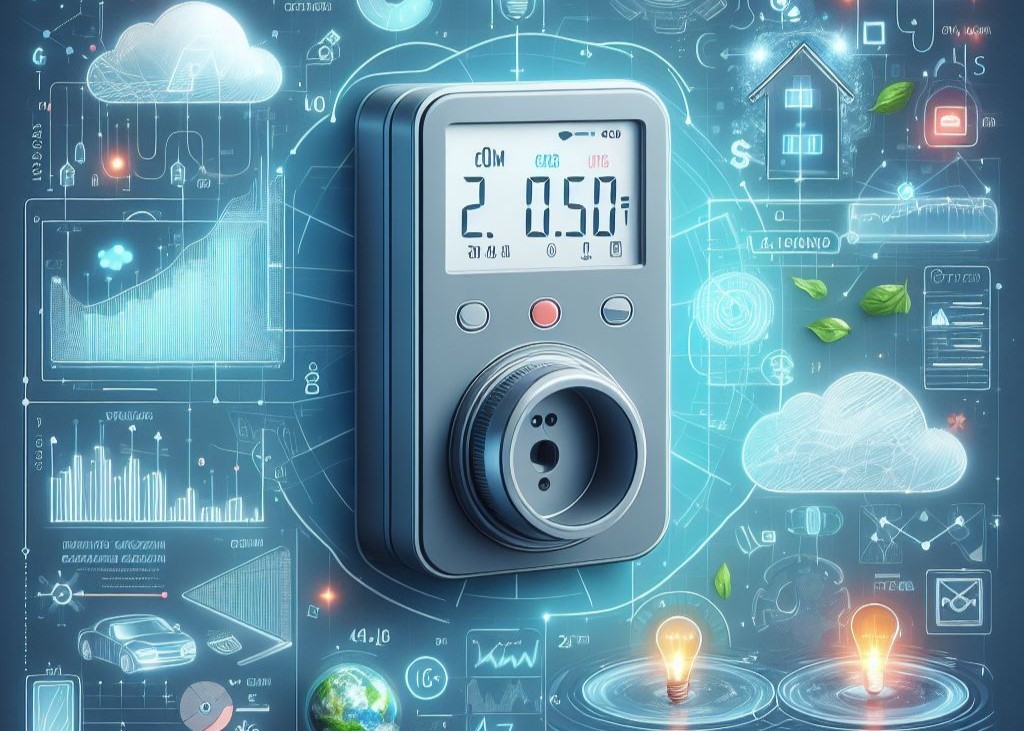Hardware
Gadget of the Week: Electricity gets smart
When a gadget like a smart meter gets a mention in the Minister of Finance’s Budget speech, it needs a closer look, writes ARTHUR GOLDSTUCK.
What is it?
Amid endless debates about how to deal with power outages in South Africa, power management gets little attention. One of the most effective means to control, measure and limit power consumption is through a prepaid smart meter, which has two massive benefits: it allows the electricity supplier to be paid up front, even before power has been used, and it allows the user to measure exactly how much power is being used and what it costs.
This gets around one of the major flaws of the electricity supply industry in South Africa, namely the need to conduct meter readings at every electricity-using dwelling in the country. As many consumers have found over the years, the meter-reading is often bypassed, and the electricity bill contains an estimate, based on past usage.
Of course, the system is not flawless, and has been bedeviled by tampering, where a technician and user bypasses high-consumption appliances like geysers, only paying a minimal amount for the “visible” electricity used. Criminal gangs are also known to have tampered with or damaged meters to limit the amount of payment needed.
Clearly, neither the smart meters nor the back-end systems managing them are smart enough. However, their presence tells us we are at the beginning of a journey towards a smart grid, once Eskom can resolve its absurd inefficiency in power generation.
That will be helped along by a R2-billion budget for a prepaid meter rollout by municipalities, announced in the 2024 Budget by Minister of Finance Enoch Godongwana on 21 February. The intention is to begin the roll-out at municipalities that have been approved for debt relief.

Nicholas Maweni, CEO of Munsoft, which provides financial management systems for local government, says this will be “a lifeline for many municipalities that resell electricity to residents who are defaulting on payment and can therefore not pay their outstanding bulk electricity supply debts to Eskom”.
“Municipalities typically generate most of their revenue from electricity sales, adversely affected by various challenges, including a consumer culture of non-payment for services,” he says. “This has been financially crippling for many of South Africa’s municipalities. The large-scale roll-out of smart pre-paid meters will enable municipalities to recoup some of their funds and combat the damaging culture of non-payment. We are therefore encouraged that this intervention is a stepping stone towards some level of financial stability for our embattled municipalities.
“The debt relief programme represents an extremely rare chance for municipalities to reset their financial states. This is literally the lifeline that can keep many of our municipalities afloat.”
We recently helped set up a pre-paid smart meter, and found that there is little information available on both its set-up and maintenance. The customer typically buys a token containing a serial number, linked to the serial number of the meter, from a retail outlet, garage or spaza shop. The number is typed into the meter, and the electricity allowance is automatically topped up. Pre-paid electricity can also be bought online and through apps like the FNB banking app.
The initial issue is knowing who your electricity supplier is. No, it’s not always Eskom; a local municipality may be selling it through a third party. But the wrong token, and it won’t be compatible with the meter. Subsequently, it’s not clear how much electricity one is buying until it is loaded onto the meter. Clarifying such issues should not be rocket science; it merely requires a smart way of doing things.
What does it cost?
The smart meters themselves are supplied by municipalities at no cost, but an installation fee may be charged by the installer. Application forms are available online, although the Eskom website was down when we tried it. The city of Cape Town provides a downloadable application form on its website at https://www.capetown.gov.za/City-Connect/Apply/Municipal-services
Why does it matter?
According to the global IoT Analytics consultancy, smart meters enable utility service providers across the world to “digitalise their distribution infrastructure and services efficiently with near real-time data”.
The IoT Analytics Global Smart Meter Market Tracker 2020–2030 shows that, by the end of 2023, 1.06-billion smart meters (electricity, water and gas) have been installed worldwide. The African continent has the lowest penetration, but represents “a high-growth potential for smart meters, as some regional governments have become convinced of the need to update their aging grid infrastructure and are more actively engaging with smart grid industry”.
Right now, South Africa is the only country in Africa that features on the Global Smart Meter Market Tracker map.
What are the biggest negatives?
- Usually not very smartly managed. However, many providers of monitoring and management systems are stepping into the gap.
- Difficult to know how much electricity one is buying upfront.
- If you don’t have app access to electricity purchase, topping up late at night is a major challenge.
What are the biggest positives?
- One can budget usage precisely once a payment is loaded; no bill-shock.
- No meter-reading errors or “estimates”.
- No upper or lower limits on usage.
- Great for municipalities with a smart back-end management system.
* Arthur Goldstuck is founder of World Wide Worx, editor-in-chief of Gadget.co.za. Follow him on Twitter and Instagram on @art2gee.

















